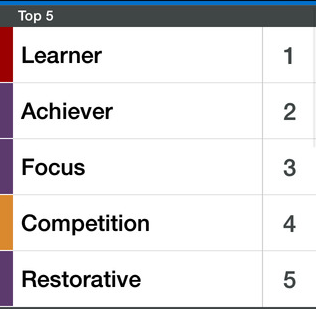Help! How Do I Lead and Motivate a Remote Start-up Team?

So you founded a start-up and now you want to tap into some of that digital nomad talent that is roaming the globe?
How does a founder lead and keep people motivated when they are remote? Here are five ideas that we've tried with our start-up or seen other successful start-ups use.
Build Your Headquarters:
Creating a space for people to work and engage remotely is crucial. You can stimulate an office environment with technologies like Slack (the office lobby and conversation streams), Dropbox (the filing cabinet and shared computer drive), private Facebook groups (the lunchroom, parking lot, hallway) and Zoom (the conference room).

With Slack, you can mark yourself in or out so with just a glance at your screen, you can see who is at their desk, just like if you were walking through the office. One of my favorite features is being able to "overhear" conversations, by perusing channels for particular jobs. This keeps me in the loop on projects that I'm a part of but not accountable for.
Dropbox is a great way to share files across the miles. You can house company documents, resources and digital products that everyone can access. Dying to share a photo of your new puppy with your colleagues? A private Facebook group is a great place to build and deepen personal relationships. Thanks to video conferencing platforms like Zoom, your start-up team can gather and see each other for a weekly staff meeting. HINT: Spend the first 5-10 minutes connecting on a personal level before diving into the agenda for a more connected team.
Cultivate Motivation
Dan Pink's research in his book, Drive, tells us that intrinsic motivation comes from autonomy, mastery and purpose. Most people join a start-up to be part of something new, exciting and bigger than themselves. To inspire an employee's intrinsic motivation invite them to be a part of the vision. Create space for them to weigh in on direction, ideas for the future and processes. Create clear expectations and then give employees autonomy to figure out how they will meet those expectations. Encourage staff to keep learning and mastering new tasks and developing their strengths. Consider using an assessment like Gallup Strength Finders to identify what your team's strengths are and then assign tasks that leverage individual strengths to improve engagement.

Over Communicate
When the team is spread out, it's important to share progress, changes and ideas you are thinking about often. Adam Grant notes in his new book Originals that people need to hear things 10-20 times before they stick. Even if you are thinking it really loudly, your team won't hear it unless you share explicitly and frequently. Saying it once isn't always enough. Repeat, repeat, repeat... and then document in a program like Slack.
Seek To Understand
Since you can't see your employee's face when they are remote, you may miss subtle cues that show dissatisfaction or disappointment. Be sure to check in regularly and ask questions such as...What's working? What are you tolerating? What does your ideal work-week look like? How do you want to contribute? This way you'll know what they want and need as your company grows.
Create Positive Culture
Encourage positive sharing or as my co-founder Gretchen says, "humble bragging" by using this phrase often, "In the spirit of sharing good news" and then follow with something good that's happened. Spend the money to gather face to face at least once a year and leave space for authentic human connection between meetings.
Learning to lead and motivate a remote team can open up your talent pool exponentially and if you aren't paying for a fancy office you'll be able to afford more or better talent.
Subscribe to Our Newsletter!
Latest in Marketing








